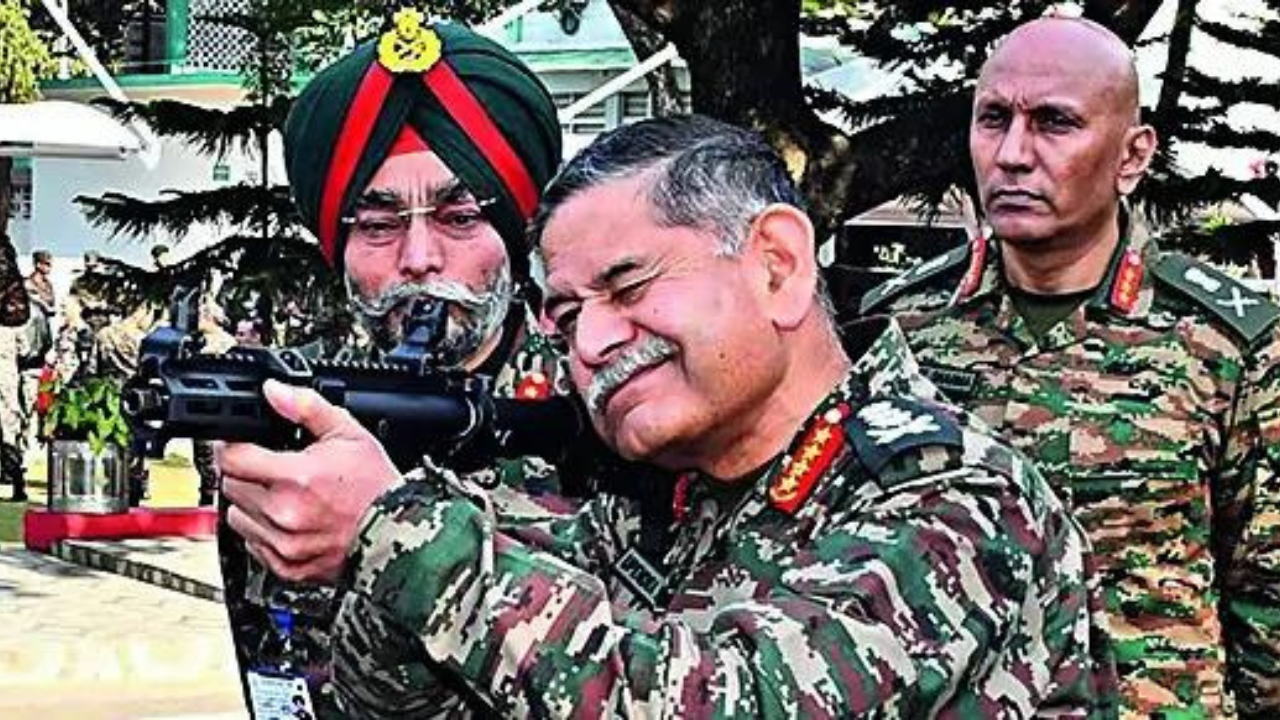Indian Army's Revolutionary Promotion Policy: A Merit-Based System for Lieutenant Generals
The Indian Army is making headlines with its groundbreaking new promotion policy for Lieutenant Generals, a move that's shaking up the traditional seniority-based system and ushering in an era of meritocracy. This isn't just a minor tweak; it's a radical overhaul designed to align the Army with the modern demands of integrated warfare and the upcoming tri-service theatre commands. Get ready to dive into the details of this revolutionary change!
The Quantified Assessment System: A New Era of Merit
Starting March 31st, 2024, all Lieutenant Generals will be evaluated using a quantified assessment system. This means that their performance will be measured against specific criteria, graded on a scale, and directly factored into promotion decisions. Forget the old-boy network, this is all about demonstrable achievement. This "quantified ACR (Annual Confidential Report) system" represents a decisive shift from seniority-based promotion to one emphasizing merit and tangible results. It aims to objectively identify and elevate the most capable officers, ensuring the best leaders command in the critical roles of India's emerging theatre commands. This approach mirrors the practices of the IAF (Indian Air Force) and the Navy, signaling a concerted effort to create a uniform standard across the services.
Impact on Appointments and Selection: The Best and the Brightest Rise Above
The immediate consequence of this new system will be a more merit-based selection process for top-level positions. As the Army transitions towards the establishment of integrated theatre commands and tri-service organizations, identifying the very best leaders is essential for coordinated success in defense strategy. This quantified system aims to precisely do that – elevate the most talented and strategically astute minds. It’s about recognizing and rewarding the individuals who can effectively tackle multifaceted challenges and complex situations.
Exceptions to the New System: A Closer Look at Existing Hierarchy
This is not a wholesale shift, however. It is noteworthy that the new policy will exclude eight specific top-tier Lieutenant Generals. This group includes the Vice Chief of Army Staff and the Commanders-in-Chief of the Army’s six operational commands and its sole training command. These officers, while still Lieutenant Generals, hold an even higher rank and authority within the existing power structure, maintaining certain aspects of the previous ranking structure. For the remaining pool of three-star Generals, this change is seismic.
Reactions and Concerns: Navigating Change and Tradition
The reaction to this new policy hasn't been uniformly positive. Some senior officers have voiced concerns, pointing to the intensely hierarchical nature of the Army's structure. They highlight the scarcity of officers reaching the three-star rank based on merit alone, traditionally. They argue the previous emphasis on seniority in promotions helped to ensure fairness and stability in high-ranking officer appointments. They expressed concern about opening the door to potential interference –political or otherwise- in the decision-making process for top military ranks.
Take Away Points
The Indian Army’s shift towards a merit-based promotion system for Lieutenant Generals is a monumental decision with far-reaching consequences. This quantified assessment system will undoubtedly impact the selection process for crucial command roles in the newly established theatre commands. While the change brings potential for optimizing leadership and improving the efficiency of operational and strategic decision-making, the transition may involve overcoming hurdles as the structure and traditional processes of the army evolve.









